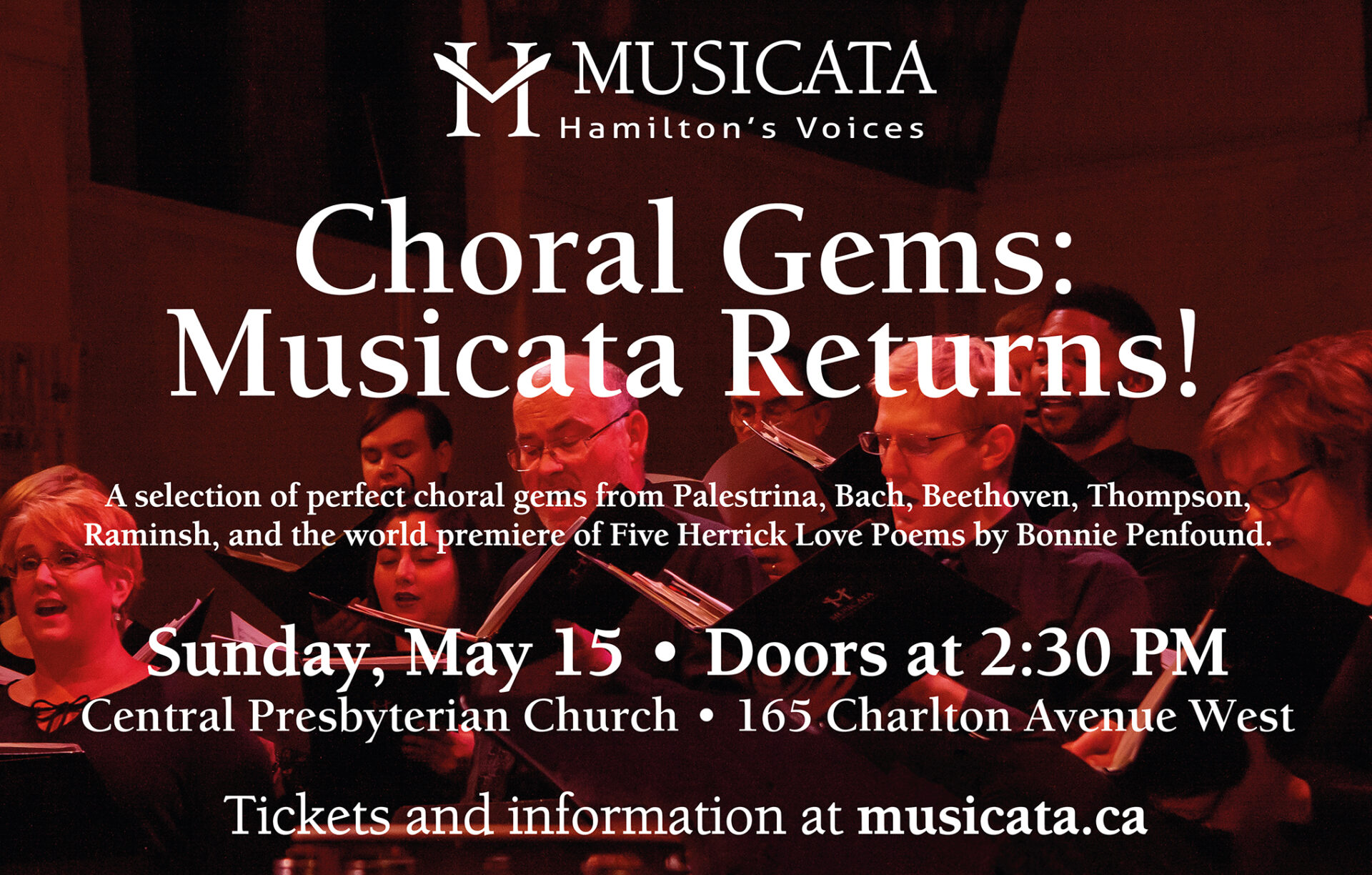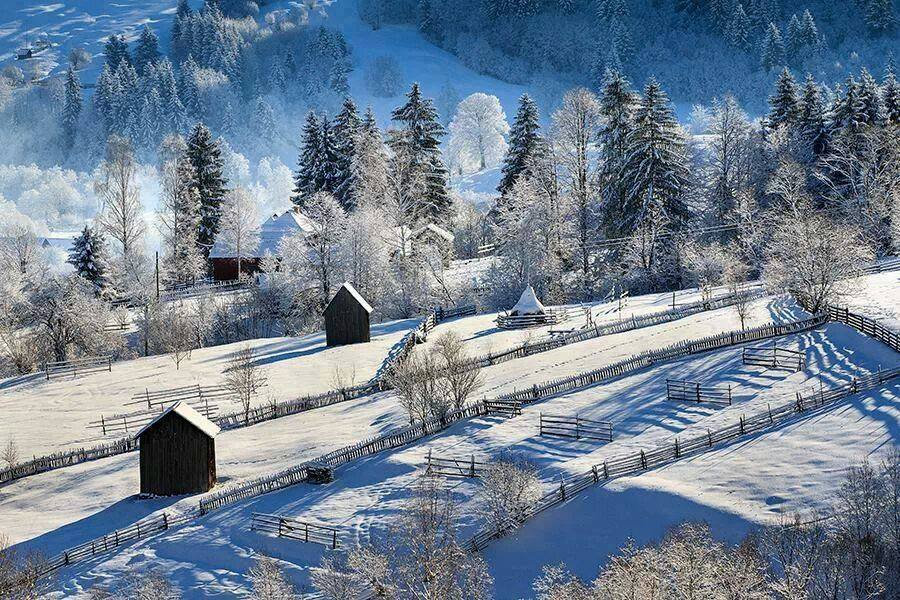Unlocking 5 Centuries of Swiss Choral Gems: A Journey Through Tradition

Unlocking 5 Centuries of Swiss Choral Gems: A Journey Through Tradition
Switzerland, a land often lauded for its precision watches, breathtaking Alpine vistas, and rich banking history, harbors a less overt, yet equally profound, treasure: its vibrant and enduring choral tradition. For over five centuries, the very air of this nation has resonated with the power of communal voices, weaving intricate tapestries of sound that reflect its diverse cultural heritage and deep-seated appreciation for shared experience. This is not merely a history of notes on a page; it’s a narrative etched in harmony, a testament to a culture that finds strength and expression in singing together.
The Echoes of Time: From Sacred Hymns to Alpine Melodies
The roots of Swiss choral music stretch back centuries, deeply intertwined with religious devotion and the pastoral rhythms of life. In the early centuries, sacred music dominated, with monastic choirs and parish churches serving as the primary custodians of vocal artistry. Imagine the resonant calls to prayer echoing through stone cathedrals, or the solemnity of Gregorian chants filling hushed sanctuaries. These early forms, while perhaps less accessible to the modern ear, laid the foundational stones for what was to come.
As the centuries unfolded, so too did the styles and subjects of Swiss choral music. The Enlightenment brought a renewed interest in secular music, and with it, the emergence of choral societies and Liedertafeln (singing societies). These groups became crucial hubs for musical education and social interaction, transforming singing from a primarily religious or professional pursuit into a beloved pastime for a broader segment of society. It was during this era that the communal aspect truly began to flourish, embodying the Swiss spirit of collaboration and shared endeavor.
The 19th and 20th centuries witnessed an explosion of creativity. Composers began drawing inspiration from the very landscape that surrounded them – the majestic Alps, the tranquil lakes, the bustling cities. Folk melodies, often passed down through generations by rote, were meticulously arranged and harmonized, giving them a new lease on life within the choral repertoire. This period solidified the connection between Swiss identity and its musical output, with choral works often celebrating national pride, historical events, and the beauty of the Swiss homeland.
Pillars of the Tradition: Key Composers and Their Enduring Works
While the Swiss choral landscape is vast and diverse, a few luminaries stand out, their contributions shaping the very fabric of this rich tradition. Their music, often characterized by its melodic clarity, emotional depth, and profound connection to the Swiss spirit, continues to be performed and cherished worldwide.
| Composer | Era | Notable Contribution to Swiss Choral Music | Signature Style Elements |
|---|---|---|---|
| Gottfried Weber | 18th-19th Century | Early champion of German Lied and choral societies; influential theorist. | Clear, accessible harmonies; emphasis on text setting. |
| Franz Liszt | 19th Century | Though Hungarian, spent significant time in Switzerland and influenced its music. | Virtuosic demands; dramatic and expressive harmonies. |
| Arthur Honegger | 20th Century | Swiss composer of the “Les Six”; symphonic and oratorio works. | Polytonality; bold orchestration; dramatic narratives. |
| Othmar Schoeck | 20th Century | Master of Lieder and choral works deeply rooted in Swiss landscape and poetry. | Lyrical melodies; rich harmonic language; pastoral themes. |
| Frank Martin | 20th Century | Renowned for his sacred choral works and masterful contrapuntal writing. | Neo-classical influence; spiritual depth; intricate polyphony. |
These composers, along with countless others, have gifted the world with a treasury of choral music that speaks to the heart. Their works, whether grand or intimate, secular or sacred, capture the essence of Swiss culture and its enduring love for song.
The Unifying Power of Song: Swiss Choral Singing Today
The enduring strength of the Swiss choral tradition lies not just in its historical depth but in its vibrant present. The statistic that a significant portion of young people are actively involved in Swiss ensembles (as noted in the search results) is a powerful indicator of its continued relevance. Singing together in Switzerland is more than a hobby; it’s a fundamental way of connecting, communicating, and sharing a part of oneself.
This communal spirit manifests in various ways:
- Chor der Nationen (Choir of Nations): A testament to Switzerland’s multicultural fabric, these ensembles bring together singers from diverse backgrounds, creating a powerful symbol of unity through music.
- Folk Music Revival: Contemporary arrangers and conductors are continuously unearthing and reinterpreting traditional Swiss folk songs, ensuring their melodies resonate with new generations. This keeps the “choral folk music” aspect of the tradition alive and evolving.
- Professional Ensembles: Switzerland boasts world-class professional choirs whose recordings and performances push the boundaries of choral excellence, as evidenced by the “explosion of professional choral ensembles” and their “extensive discography” mentioned in academic circles.
The beauty of Swiss choral singing lies in its accessibility. While complex masterpieces exist, the tradition also embraces simpler, more direct forms of expression, making it a welcoming space for singers of all levels. The emphasis on communal experience over individual virtuosity is a defining characteristic, fostering an environment where everyone’s voice contributes to the collective beauty.
Discovering Your Own Swiss Choral Gems
Embarking on a journey through Swiss choral music is an invitation to explore a world of exquisite harmonies, evocative melodies, and profound human connection. From the solemnity of ancient hymns to the joyous exuberance of folk-inspired arrangements, there is a gem waiting to be discovered by every listener and singer.
This tradition, deeply rooted in the land and its people, continues to thrive, demonstrating that the power of singing together is an ageless and universal language. As you delve into the works of composers like Schoeck and Martin, or simply listen to the vibrant sound of a Swiss choir today, you’ll understand that this isn’t just music; it’s a living, breathing testament to a culture that understands the profound beauty of shared song. The echoes of five centuries of Swiss choral gems are waiting to captivate your soul.

Additional Information
Unlocking 5 Centuries of Swiss Choral Gems: A Journey Through Tradition
Switzerland, a nation often lauded for its precision timepieces, breathtaking alpine landscapes, and democratic governance, harbors another, perhaps less universally celebrated, treasure: a rich and enduring choral tradition. Spanning five centuries, this tradition is not merely a collection of musical pieces but a vibrant testament to the Swiss spirit of community, connection, and cultural preservation. Embarking on a journey through Swiss choral music is to uncover a tapestry woven with threads of devotion, regional identity, and a profound appreciation for the power of communal song.
A Deep-Rooted Heritage:
The Swiss choral tradition, as explored in resources like “Musica Helvetica,” is a multifaceted phenomenon that has evolved alongside the nation itself. It encompasses a wide spectrum of musical expression, from sacred works that have echoed through churches for generations to folk melodies that celebrate the everyday life and unique character of different cantons. This tradition isn’t confined to a single genre; it embraces the evolution from early devotional music to the contemporary compositions that continue to push the boundaries of choral artistry. As noted by House of Switzerland, “Singing together is about meeting, communicating, sharing a part of yourself and connecting with like-minded people.” This intrinsic social aspect is a cornerstone of Swiss choral singing, fostering a sense of belonging and shared experience.
Unearthing the “Hidden Gems”:
While renowned Swiss composers undoubtedly have their place, the true magic of this tradition often lies in its “hidden gems” – the lesser-known works and the techniques that continue to resonate through time. Much like the exploration of “hidden choral gems from ancient traditions” that modern musicians might overlook, Switzerland offers a wealth of undiscovered repertoire. These might be compositions that have remained primarily within local communities, passed down through oral tradition, or works by composers whose influence, while significant in their time and region, hasn’t achieved global recognition. The challenge and reward of this journey lie in uncovering these pieces, understanding their historical context, and appreciating their unique musicality.
The Evolution and Significance:
The journey of choral music in Switzerland mirrors its broader historical trajectory. From its early roots, likely intertwined with religious practices and the development of musical notation, to its flourishing in periods of national identity formation, Swiss choral music has always reflected the societal currents of its time. As highlighted by First Klass Foundation, choral music’s “evolution and significance from ancient times to modern performances” is a narrative worth exploring. In Switzerland, this evolution is particularly evident in how regional folk melodies have been harmonized and arranged, transforming them into sophisticated choral works. Efforts to preserve this rich cultural heritage, as detailed in guides to Swiss traditional music and folklore, are crucial in ensuring that these vocal treasures continue to be heard and appreciated.
A Thriving Contemporary Scene:
The vitality of the Swiss choral tradition is not confined to historical archives. The statement that “choral culture—in both the United States and abroad—is thriving in the twenty-first century” finds strong resonance in Switzerland. The emphasis on young people participating in today’s ensembles, as pointed out by House of Switzerland, is a powerful indicator of its enduring appeal. This intergenerational engagement ensures the continuous infusion of new energy and interpretation into established traditions. The explosion of professional choral ensembles and their extensive discographies also plays a significant role in raising the bar of choral excellence, making these “undiscovered gems” from the Choral Public Domain Library more accessible to a wider audience.
The Power of Communal Song:
Ultimately, “Unlocking 5 Centuries of Swiss Choral Gems: A Journey Through Tradition” is more than just an academic pursuit; it’s an invitation to connect with the heart of Swiss culture. It’s about recognizing the profound impact of singing together – the shared breath, the unified voices, the emotional resonance that transcends individual performance. Whether it’s a solemn hymn from the Reformation era, a jubilant folk song celebrating the harvest, or a contemporary piece exploring new sonic landscapes, Swiss choral music offers a window into a nation’s soul. By delving into its rich history and uncovering its hidden treasures, we not only gain a deeper appreciation for musical artistry but also for the enduring power of community and shared human experience, expressed through the timeless beauty of the human voice.
